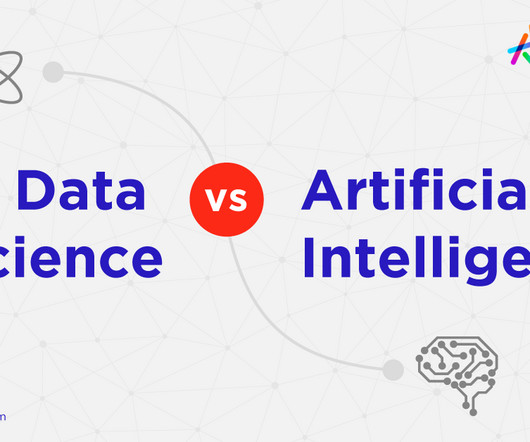Solving 5 Big Data Governance Challenges in the Enterprise
Precisely
SEPTEMBER 6, 2023
According to a recent report from Drexel University’s LeBow Center for Business Analytics , 77% of data and analytics professionals say that data-driven decision-making is an important goal of data programs. However, fewer than half of survey respondents rate their trust in data as “high” or “very high.”












Let's personalize your content